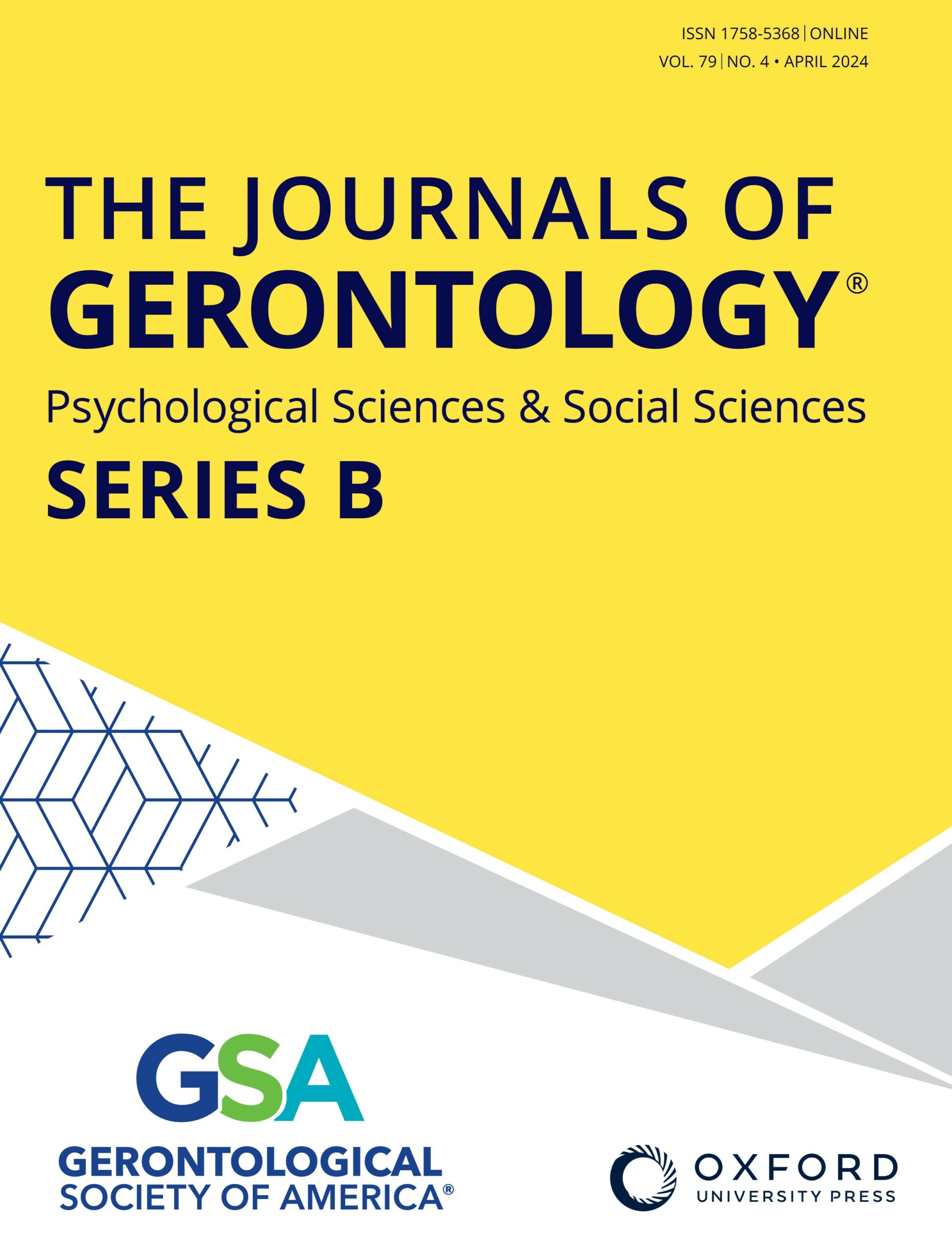
Citation :
Walker, C. S., Li, L., Baracchini, G., Tremblay-Mercier, J., Spreng, R. N., PREVENT-AD Research Group, & Geddes, M. R. (2024). Neurobehavioral mechanisms influencing the association between generativity, the desire to promote well-being of younger generations, and purpose in life in older adults at risk for Alzheimer’s disease. The journals of gerontology. Series B, Psychological sciences and social sciences, gbae060. Advance online publication. https://doi.org/10.1093/geronb/gbae060
Full text : Here
Walker C.S, Li L, Baracchini G, Tremblay-Mercier J, Spreng N, The PREVENT-AD Research Group, Geddes M.R
published in The Journals of Gerontology, April 2024.
ABSTRACT :
Objectives: Generativity, the desire and action to improve the well-being of younger generations, is associated with purpose in life among older adults. However, the neurobehavioral factors supporting the relationship between generativity and purpose in life remain unknown. This study aims to identify the functional neuroanatomy of generativity and mechanisms linking generativity with purpose in life in at-risk older adults.
Methods: Fifty-eight older adults (mean age = 70.8, SD = 5.03, 45 females) with a family history of Alzheimer’s disease (AD) were recruited from the PREVENT-AD cohort. Participants underwent brain imaging and completed questionnaires assessing generativity, social support, and purpose in life. Mediation models examined whether social support mediated the association between generativity and purpose in life. Seed-to-voxel analyses investigated the association between generativity and resting-state functional connectivity (rsFC) to the ventromedial prefrontal cortex (vmPFC) and ventral striatum (VS), and whether this rsFC moderated the relationship between generativity and purpose in life.
Results: Affectionate social support mediated the association between generative desire and purpose in life. Generative desire was associated with rsFC between VS and precuneus, and, vmPFC and right dorsolateral prefrontal cortex (rdlPFC). The vmPFC-rdlPFC rsFC moderated the association between generative desire and purpose in life.
Discussion: These findings provide insight into how the brain supports complex social behavior and, separately, purpose in life in at-risk aging. Affectionate social support may be a putative target process to enhance purpose in life in older adults. This knowledge contributes to future developments of personalized interventions that promote healthy aging.
